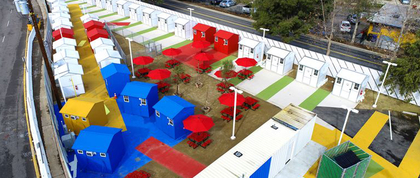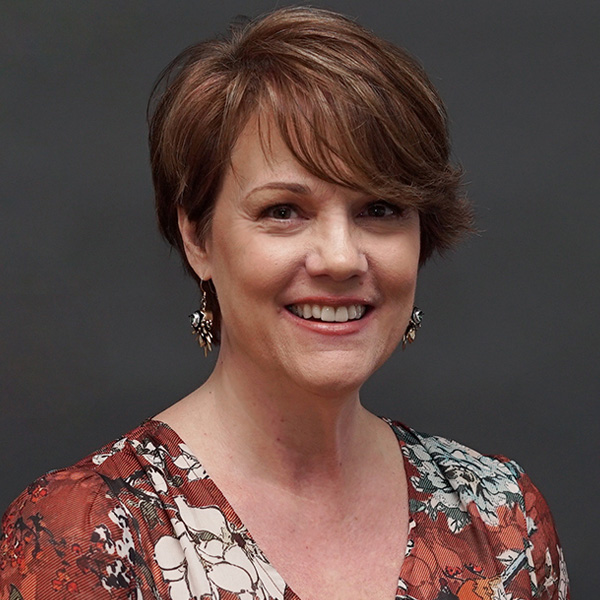
Source: House Beautiful
Watching the Academy Awards last month, I was thrilled to see Nomadland win in so many categories, including best director for Chloe Zhao (an NYU Tisch alum!), and best actress for Frances McDormand, whom I admire in everything she does.
For those who haven’t seen it yet, Nomadland tells the story of Fern, “who, after losing everything in the Great Recession, embarks on a journey through the American West, living as a van-dwelling modern-day nomad.” (IMDb) It’s based on a book by Jessica Bruder and is beautifully filmed, with haunting passages that have really stayed with me.
While teleworking from outside Washington, DC since the lockdown began in March 2020, like many of you I’ve had a year to contemplate the state of our nation, and have found myself thinking a great deal about the homeless population in the U.S., which has only grown since the pandemic began.
Homelessness has increased for the fourth consecutive year, the CDC has addressed its criminalization, and many are calling it a public health crisis. A U.S. Department of Housing and Urban Development report found that as 2020 began, about 580,000 Americans were living on the streets or in temporary shelters -- and that’s before the historic job losses of the pandemic.
Evidence of this is especially visible in downtown Washington, where a startling number of people now live in tents “hidden in plain sight” along major thoroughfares like K Street, once the fabled address of the most prestigious law firms, think tanks, and advocacy groups. These tents are increasing on city sidewalks and in parks, and while they may not be unusual on New York City streets, they’ve been a less familiar sight in DC until now.
When you see them, some with grills or baby strollers parked outside, it’s hard to imagine how their occupants are surviving, how they’ll get help if they contract COVID-19, and how -- or IF – they’ll be vaccinated. As CDC director Dr. Rochelle Walensky said in a statement, “Keeping people in their homes and out of crowded or congregate settings – like homeless shelters – by preventing evictions is a key step in helping to stop the spread of COVID-19.”
As a stopgap measure, the CDC extended its eviction moratorium until June 30, 2021, and Congress allocated $25 billion for emergency rental assistance. However, this week a Federal judge overturned the moratorium. One can’t help but worry that many of those who ultimately lose their homes because they’re unable to pay back rent may soon be on the streets.
In an effort to tackle its homelessness crisis, Los Angeles has developed communities of tiny homes, and last week a federal judge ordered the city to provide some form of housing or shelter to all those living on Skid Row by October.
These temporary shelters remind me of the Morrissey song, Home Is a Question Mark, which was cited in Nomadland: “Home, is it just a word? Or is it something you carry within you? Frances Dormand’s character Fern answers that question this way: “I’m not homeless. I’m just houseless.”
I can’t stop thinking about what these Americans are poised to lose, through no fault of their own, due to the pandemic and the growing use of automation in the workplace. As the author Karen Russell has said, “It is a special kind of homelessness to be evicted from your dreams."

Julia Cartwright, MA
Chief of Staff;
Senior Associate Dean for Communications, Promotion and Public Affairs;
Clinical Associate Professor of Social and Behavioral Sciences
Resources to Help the Homeless
National Alliance to End Homelessness:
http://nationalhomeless.org/references/need-help/
US Department of Health and Human Services:
https://www.hhs.gov/programs/social-services/homelessness/resources/index.html